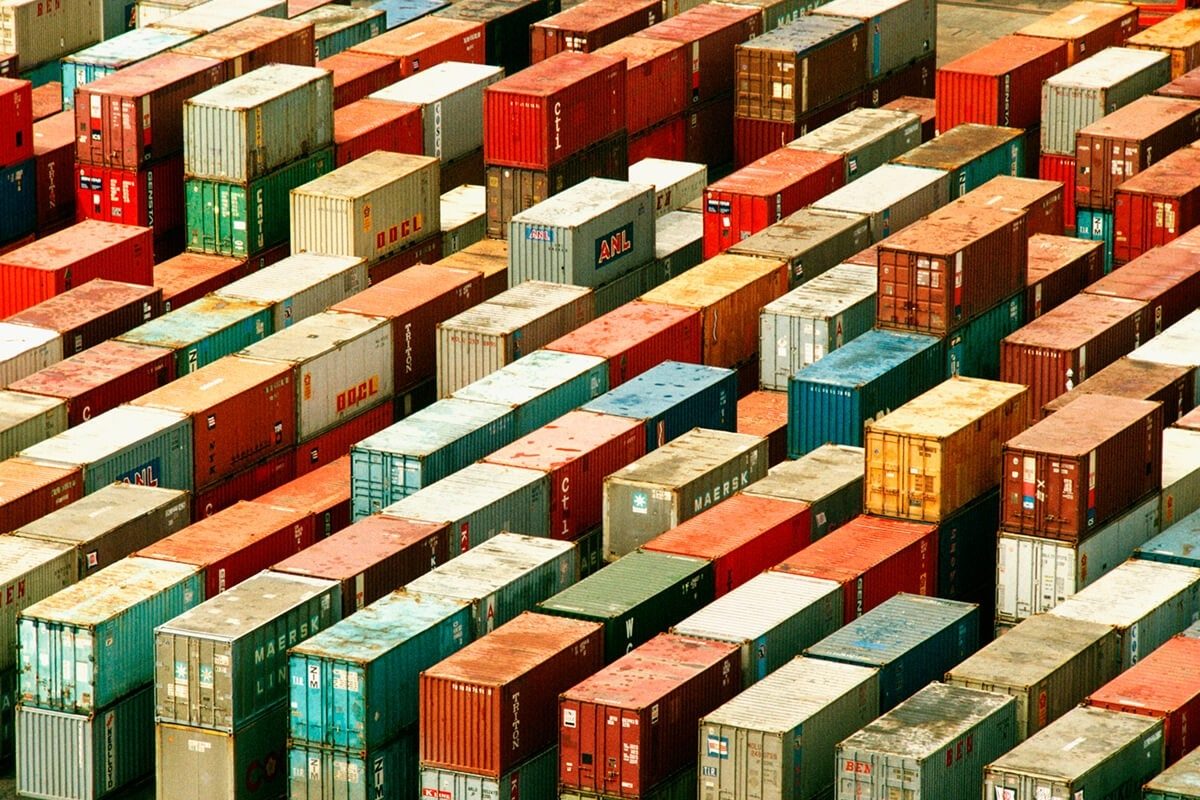
China’s Trade Diversion Could Swamp Other Emerging Markets
The flood of imports from China was already impacting economies before Trump 2.0
- Some USD560 bn of China’s annual exports may need to find new markets, which can be disruptive to economies
- 45 countries that experienced large increases in their shares of imports from China are generally the ones that experienced the sharpest slowdowns in manufacturing growth and where evidence of disinflation was strongest
- This year, with a US-China trade war raging, the results illuminate just how exposed economies are to the flood of China imports turning into a deluge
With the US-China trade war in full force, many emerging economies, particularly those in Asia, are exposed to the flood of inexpensive Chinese imports turning into a deluge.
Nomura’s economists mapped China’s import share to local manufacturing production at a detailed product level for 45 countries and found hard evidence of these imports impacting economies even before President Donald Trump started his second term. Countries that have experienced large increases in their shares of manufactured imports from China are generally also the ones that have experienced the sharpest slowdowns in manufacturing growth.
As far back as the 1990s, China’s abundant low-cost labor, FDI inflows and technological advances were transforming the economy into the manufacturing workshop of the world. By the 2000s, China was feeding the US consumer with inexpensive, yet increasingly sophisticated imports that peaked in 2017 at 25% of total US non-oil goods imports. It is debatable how much these imports – as opposed to increasing US labor costs, automation and global trade liberalization – were directly responsible for the hollowing out of US manufacturing. However, there is little doubt that it contributed to Trump’s rise to power in 2017, on his pledge to rebalance trade and bring manufacturing investment and jobs back home.
Since peaking in 2017, the trade war against China in Trump’s first term, and extended during Joe Biden’s presidency, resulted in an almost ten percentage point decrease in China’s share of US non-oil goods imports to 16% in 2024. Yet, over this period, China’s share of global goods exports remained near its all-time high of 15%.
These two statistics suggest that China’s highly competitive manufacturers, far from retreating, have penetrated new markets around the globe to make up for lost orders in the US. Local manufacturers in countries outside the US – from EVs in Germany and steel in Brazil to toys in Vietnam and electronics in India – have been facing increasing competition from goods imported from China.
Over 2017-24, China’s exports to the US grew by a cumulative 21% to US$524 billion, whereas China’s exports to the rest of the world grew three times as fast, by 67% to US$1.2 trillion. We estimate some US$100 billion of this was then re-exported to the US via Mexico and ASEAN, as a way for companies in China to circumvent US tariffs.
Against this backdrop, and using 2024 data, if we assume that all of China’s indirect exports to the US via Mexico and ASEAN (US$100 billion), half of China’s direct exports to the US (US$262 billion) and a smaller, one-quarter of China’s total exports to the EU, UK, Canada and Japan (US$198 billion) are at risk, then in aggregate some US$560 billion of China’s annual exports would need to find new markets.
A sudden flood of Chinese imports into emerging market economies can be very disruptive. Faced with growing cut-throat import competition, the likely initial response by local firms would be to cut prices to maintain market share, but at the cost of reduced profits. This can be good news for consumers but over time, as local firms accumulate financial losses, they would need to downsize, cut back on jobs and capex, and ultimately many may need to close down.
The macro impact would be larger trade deficits or smaller surpluses, strong disinflation and possibly deflation, and larger fiscal deficits or smaller surpluses, as governments try to protect local industry.
Governments may want to retaliate by imposing higher tariffs, but it may not be so easy to block imports from China, which for many is their largest trading partner and a key source of FDI for building power plants, high-speed rail and other infrastructure projects.
For some economies – notably in Southeast Asia and Mexico – the impact of the flood of Chinese imports has been cushioned by robust FDI inflows, as these economies have benefited from acting as a hub for companies in China to outsource production to bypass US tariffs. However, the US administration now seems determined to close this loophole, threatening reciprocal tariff rates as high as 49% on Vietnam, Cambodia and Bangladesh.
Going forward, these economies might become more vulnerable to cut-throat competition from China. The drum beat of anecdotes of this China shock is growing louder.
Contributor

Rob Subbaraman
Head of Global Macro Research

Yiru Chen
Macroeconomic Research Analyst
Disclaimer
This content has been prepared by Nomura solely for information purposes, and is not an offer to buy or sell or provide (as the case may be) or a solicitation of an offer to buy or sell or enter into any agreement with respect to any security, product, service (including but not limited to investment advisory services) or investment. The opinions expressed in the content do not constitute investment advice and independent advice should be sought where appropriate.The content contains general information only and does not take into account the individual objectives, financial situation or needs of a person. All information, opinions and estimates expressed in the content are current as of the date of publication, are subject to change without notice, and may become outdated over time. To the extent that any materials or investment services on or referred to in the content are construed to be regulated activities under the local laws of any jurisdiction and are made available to persons resident in such jurisdiction, they shall only be made available through appropriately licenced Nomura entities in that jurisdiction or otherwise through Nomura entities that are exempt from applicable licensing and regulatory requirements in that jurisdiction. For more information please go to https://www.nomuraholdings.com/policy/terms.html.



